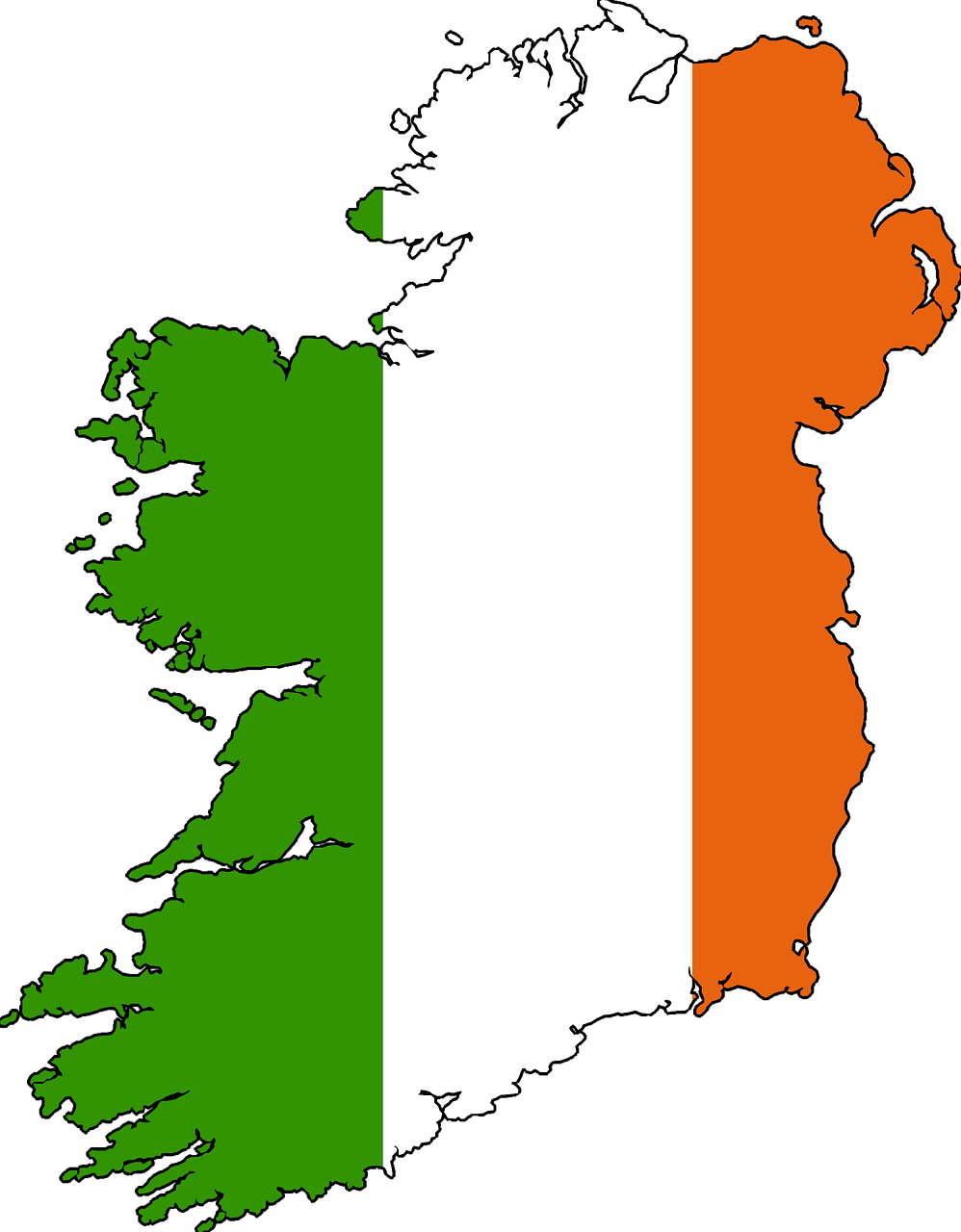
By Dylan S.
Staff Writer
Saint Patrick’s Day is a holiday that many celebrate as a remembrance of their Irish heritage. The Irish are one of the largest immigrant groups in the United States. Irish immigrants have contributed a lot to America despite their struggle and long history.
Though Irish immigrants started arriving in the U.S. around the 1820s, an increase occurred due to the Great Potato Blight (or Irish Potato Famine). This was when half the potatoes that a typical Irish diet depended on were infected and turned poisonous. One million people died due to starvation. Ireland, at the time, was part of Great Britain, which did nothing about blight. With nowhere else to turn, half a million people from Ireland immigrated to the United States. According to the Library of Congress, throughout the 19th century, the population of Ireland dramatically decreased, with 8.2 million in 1841 and a mere 4.7 million in 1891.
When they arrived in their new country, the Irish immigrants had to get jobs. Many had to work long hours in dangerous coal mines or building railroads and canals. Businesses took advantage of the Irish workers willingness to work for little pay. Companies often fired uncooperative workers and workers demanding higher wages for Irish workers who worked more for less money. During the Civil War, Irish immigrants served on both sides. According to Wikipedia. Union soldiers born in Ireland numbered 144,221, whereas about 30,000 Irish Catholics served in the Confederate Army, though many deserted or changed sides.
At the height of the war in 1863, conscription laws were passed that stated all able-bodied American citizens between the ages of 20 and 45 must serve in the Union army. The rich were able to buy their way out of the draft and Black men were allowed to volunteer, but were not mandated to serve. So, lower class men, usually Italian or Irish immigrants, had to fight.
In New York, mass riots broke out due to the draft, mostly consisting of Irish and Italian immigrants, and many people died.
As was the case with many people groups in America, immigrants from Ireland were subject to ethnic and religious persecution. Groups such as the American Protective Association and the Ku Klux Klan targeted Irish Americans either for being of Irish heritage or for being Catholic, which much of the Irish population was. These were mostly verbal attacks, though they usually boiled over into violence.
In 1844, a riot in Philadelphia left 13 Irish immigrants dead. In 1831, Protestants in New York burned down St. Mary’s Catholic Church.
An organization known as the American Party fought against the rights of foreigners, specifically the Irish, to preserve “traditional American ideals.”
Irish people were often stereotyped as violent alcoholics who crowded big cities and were a danger to American society. Over time, discrimination against Irish people died down and they were seen as normal members of society, taking jobs such as policemen, firemen and teachers. People from Irish families gained important government positions, such as John F. Kennedy, the 35th president of the United States and his brother, Robert F. Kennedy, the 64th Attorney General of the U.S.
Almost 200 years later, people still take pride in their Irish heritage. Thirty-two million people in the U.S. identify themselves as ethnically Irish. Every St. Patrick’s Day, there are parades in nearly every major city in the country. Many celebrities such as Tom Cruise, Anne Hathaway, Johnny Depp, Walt Disney, Conan O’Brien, Alicia Keys and Harrison Ford are all ethnically Irish. Irish owned pubs fly their flags with pride.
Irish immigrants have been a key part of our history despite their struggle. They fought through starvation, discrimination and segregation, but worked through their hardship to make America the strongest, wealthiest nation in the world. So that is why we dedicate March 17 to these brave men and women who sacrificed so much for our country.